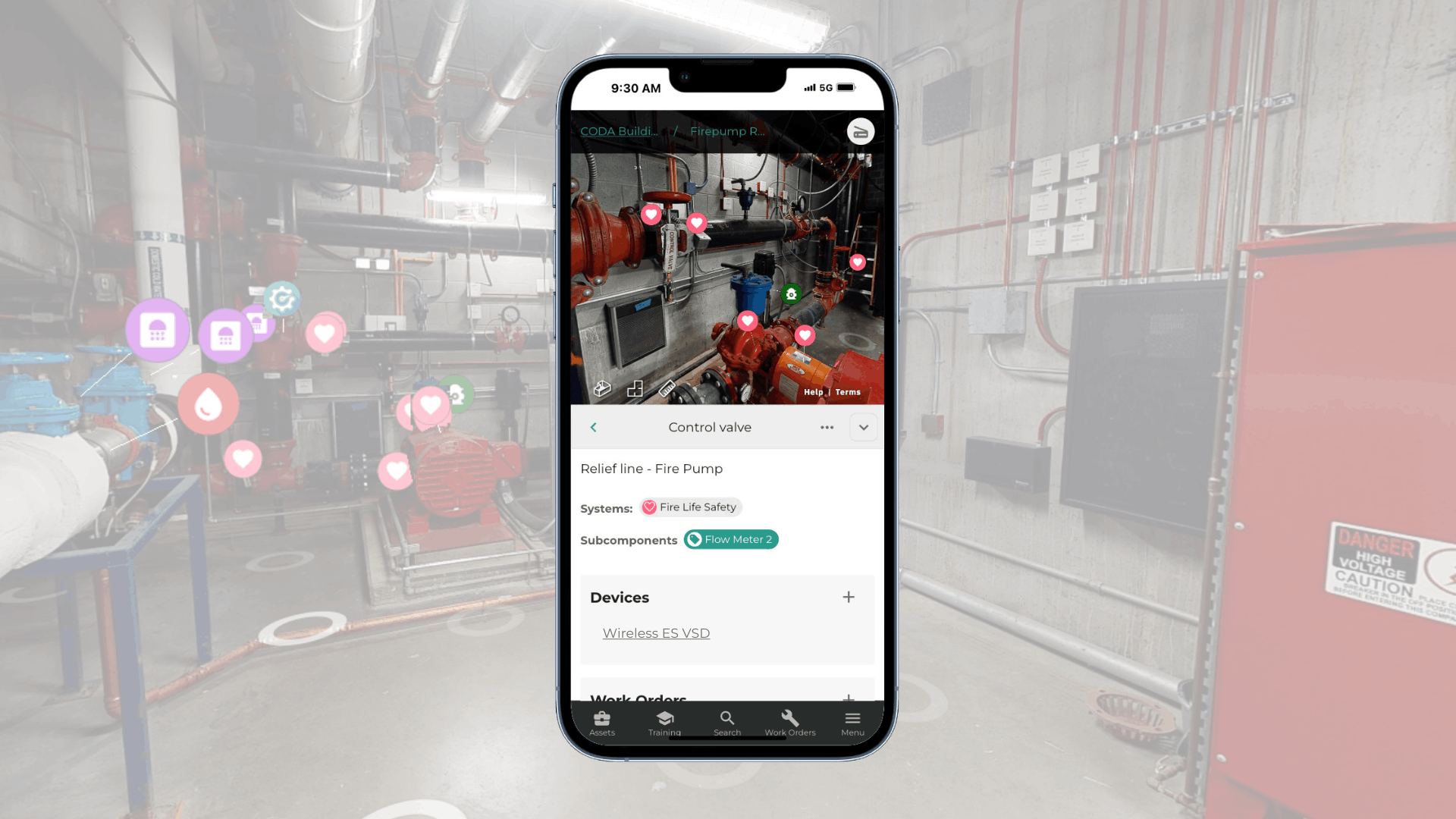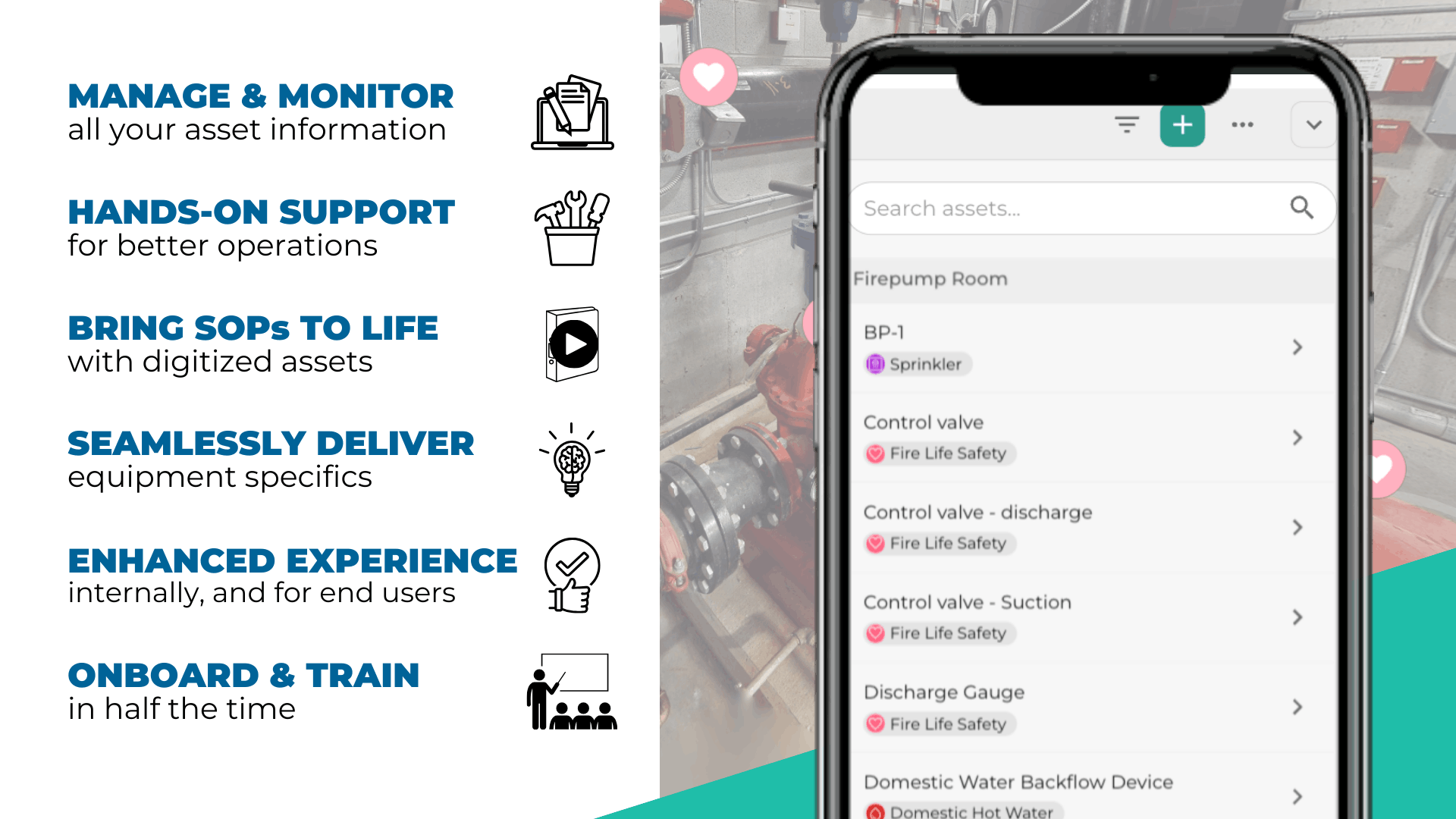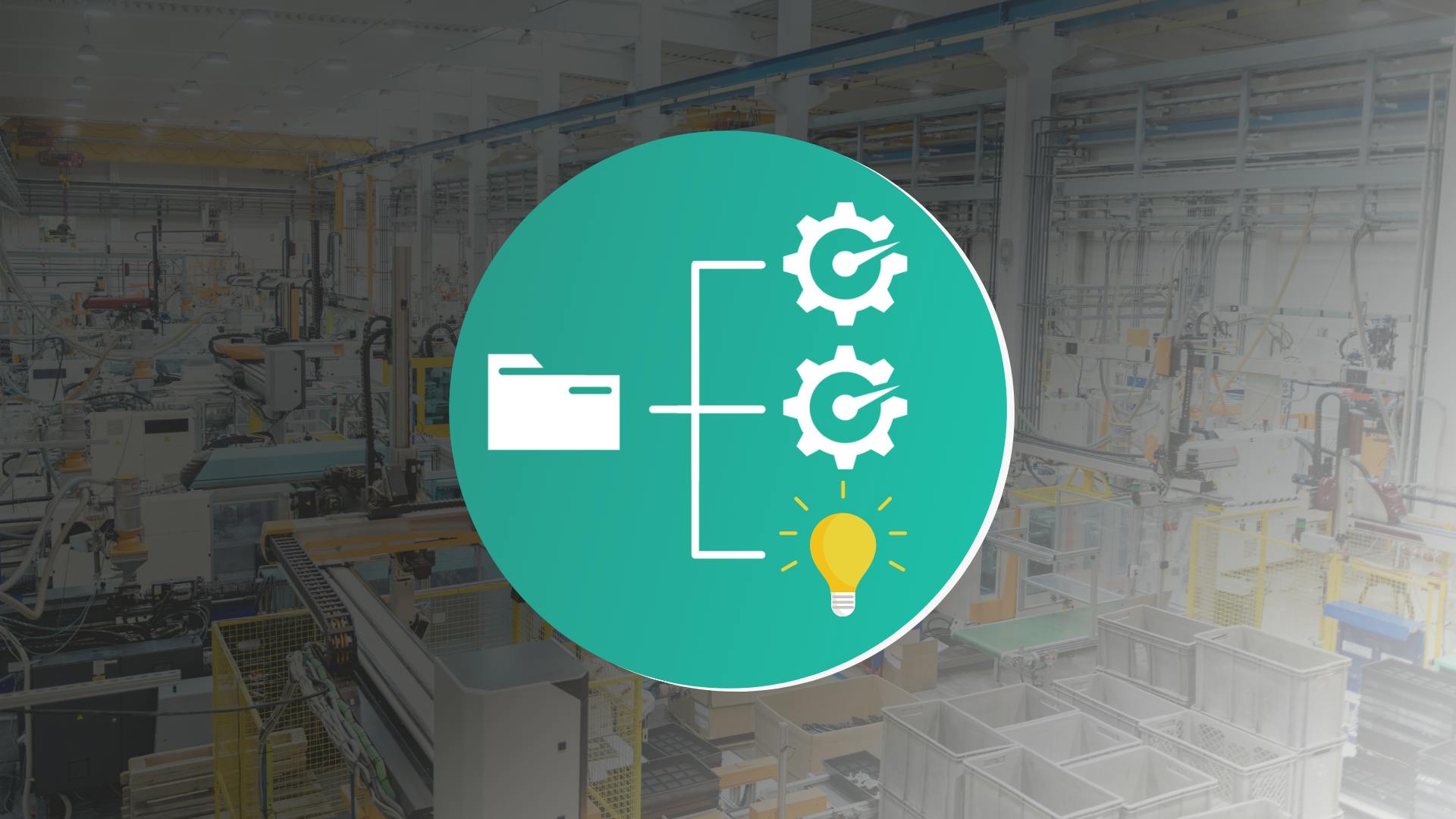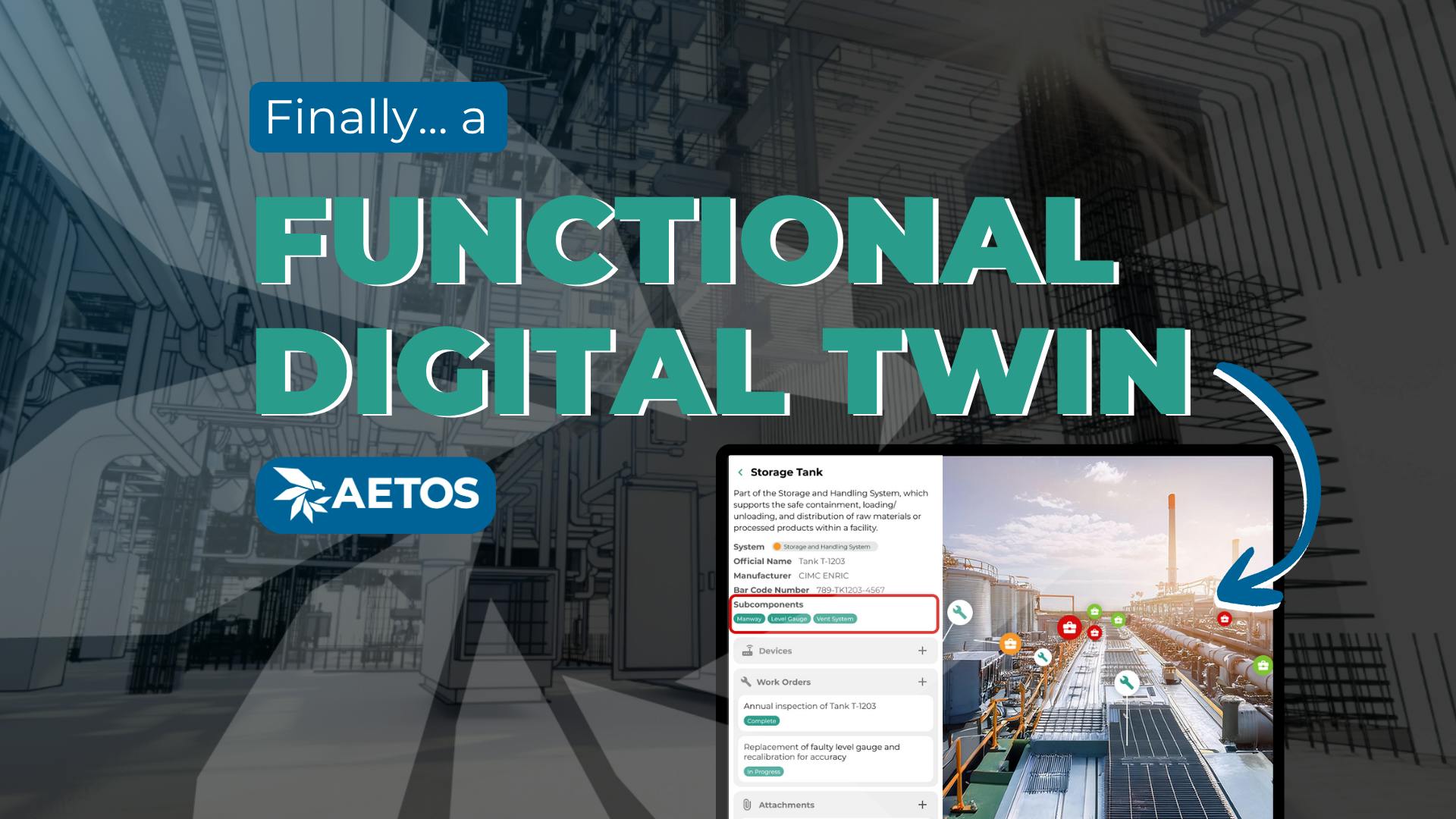Illuminate Facility Operations with Efficient Asset Management
Last we checked, no one likes to operate in the dark.
Whether it’s making decisions without the right data or literally working with poor lighting, task execution becomes much more difficult without proper illumination.
In the past, facility managers were forced to operate with the information and systems they had. FMs and operators were responsible for managing facility performance.
Some facility managers' primary historical record was simply a list of assets scribbled on a hard-to-find clipboard (complete with illegible notes).
Sometimes training methods involved relying on the new tech to shadow the senior worker and hope that institutional knowledge was completely delivered.
And sometimes current energy decisions were based on last year’s utility bill.
There is an opportunity for facility management to upgrade. A better, more comprehensive way to manage assets and improve facility functionality is available.
And if done properly, company-wide operations can become even more efficient. With improved asset management, centralized control and visibility results in reducing downtime and enhancing reliability, leading to cost efficiency, resource optimization, and sustainability.
Top organizations have recognized that poor asset management leads to costly consequences.
Deferred maintenance, poor training methods, and a failure to capture operational data can cause businesses to miss out on optimum performance and productive opportunities.
The more organizations pay attention to what is truly going on within their facility, the more effective they are at enhancing their production capabilities and scaling the organization itself.
Proper asset management can actually illuminate – and empower – facility operations. Instead of operating in the dark, facility teams in the built environment can now leverage intentional, structured, and effective management practices that yield positive results.

Centralized Control and Visibility…
At its core, asset management is about gaining control and visibility over all the physical components within a facility.
And at its best, asset management unlocks clarity for data-driven decisions.
There are multiple systems within a facility and across a portfolio, ranging from the facility itself (like the building layout, personnel stations, lighting, HVAC) to what goes on inside the walls (like the machinery, business processes, institutional knowledge, IT infrastructure, and more).
Without a clear understanding of where these assets and systems are located, their condition, and their function, facility managers are left to operate in the dark.
Typically, poor asset management and task compliance leads to inefficiencies, unexpected breakdowns, and even safety hazards.
A centralized asset management system enables facility managers to simultaneously have a bird’s-eye view and a front row seat to all assets across the entire facility.
Better visibility can prove every piece of equipment is accounted for. Better understanding of assets enables proactive maintenance. And better data grants optimized performance across an organization.
When facilities have full control and visibility over their assets, they can make informed decisions that drive efficiency and cost savings

...Results In Reducing Downtime & Enhancing Reliability…
One of (if not) the primary goal of facility management is to ensure that operations run smoothly without interruptions.
However, equipment failures and unexpected breakdowns can bring operations to a grinding halt, leading to lost productivity and increased costs.
Effective asset management helps prevent these issues by standardizing and overseeing asset maintenance, task execution, and overall facility energy production and monitoring. Systems that remain in good working condition will perform to their potential.
By tracking the lifecycle of each asset, managing best practices, and scheduling timely services, facility managers can deter potential issues before they arise.
A proactive approach not only reduces downtime but also extends the lifespan of critical equipment, enhancing the overall reliability of the facility’s operations.
This is just another example of how efficient asset management illuminates and empowers facility operations. Reactive maintenance and unknown energy output keeps your facility – and its personnel – in the dark.
…Leading to Cost Efficiency, Resource Optimization, & Sustainability.
Asset management directly impacts the bottom line: poor practices yield preventable problems; better, more intentional systems reduce operational costs.
If a facility’s assets are managed effectively, organizations can avoid unnecessary expenditures on emergency repairs, replacements, and energy consumption. Additionally, by optimizing the use of existing assets, facilities can delay or avoid the need for costly capital investments.
Sometimes irresponsible asset management or incomplete task execution can be crippling and jeopardize an entire company. (And make people avoid sitting in an exit row…)

Asset management also enables more accurate budgeting and resource allocation. With a clear understanding of asset utilization, facility managers can identify underperforming or underutilized assets and reallocate resources where they are needed most.
Every dollar spent – and every dollar saved – contributes to the facility’s overall efficiency and effectiveness.
And as organizations increasingly prioritize sustainability, asset management becomes a key driver in reducing environmental impact.
By optimizing energy consumption, reducing waste, and extending the life of equipment, facilities can operate more efficiently while also benefiting from cost savings.
Modern asset management tools can assist organizations as they navigate digital transformation and the balance between sustainability initiatives and production margins.
Best practices and efficient asset management can help execute these facility operations.
Light It Up!
Proper asset management and task execution is far more than just keeping track of equipment and following a checklist.
It’s about creating a foundation for efficient, reliable, and sustainable facility operations. Centralizing control, reducing downtime, optimizing costs, and supporting innovation are all possible with efficient asset management.
Complexity and scale can often lead to operational challenges. Asset management stands as the lighthouse of efficiency and operational success. Whether it’s a corporate office, manufacturing plant, healthcare facility, or educational campus, understanding and controlling the assets within a facility is critical to ensuring smooth operations, reducing downtime, and maintaining a safe and productive environment.
At Aetos Imaging, we understand the critical role that asset management plays in facility operations. That’s why we’ve developed our Visual Asset Master, a powerful tool designed to give facility managers unparalleled visibility and control over their assets. By harnessing the power of 3D visualization and advanced data management, we’re helping organizations take their asset management practices to new heights.
Contact us today to learn more about how our solutions can illuminate your facility’s operational excellence and drive your success.



